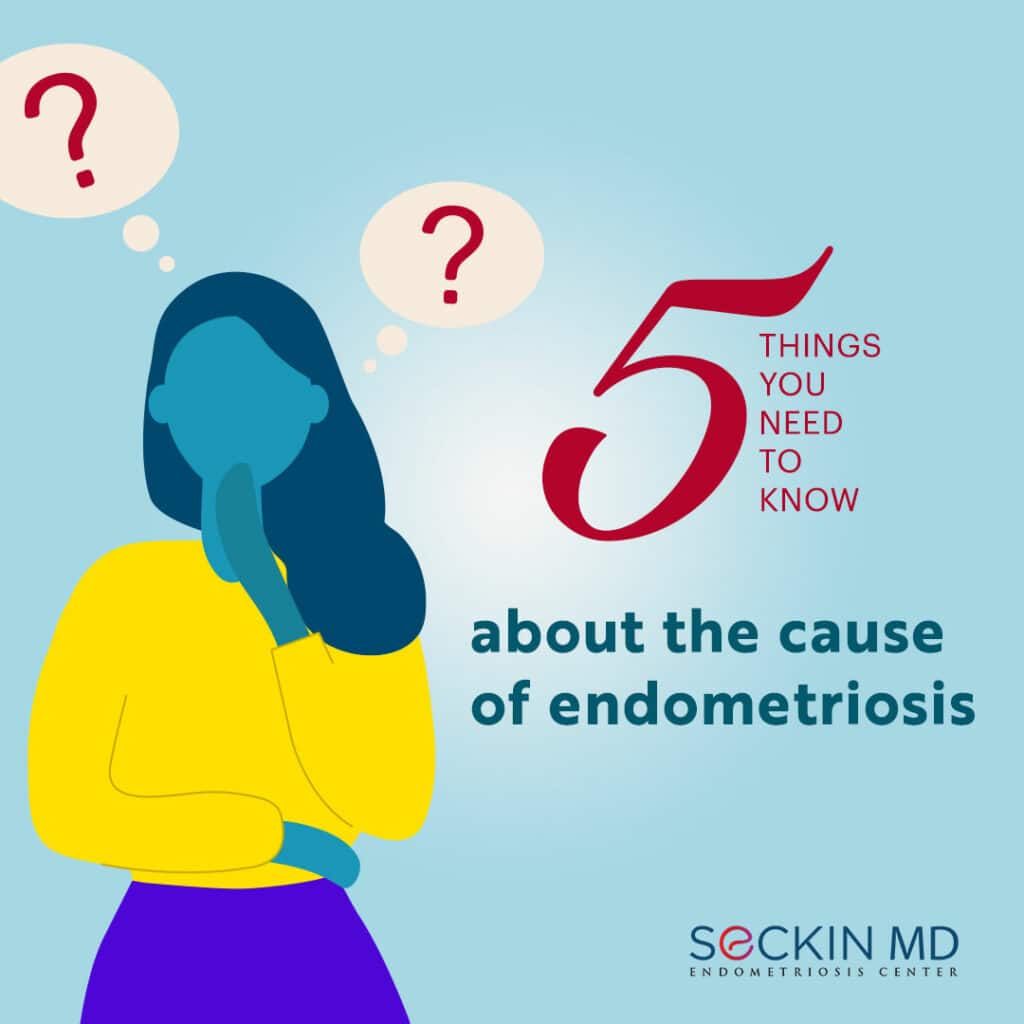5 things you need to know about the cause of endometriosis

Endometriosis affects around 1 in 10 women of reproductive age. But the exact cause of the disease is still not clear. This gap in understanding has given rise to several myths about the disease. Here are five things you need to know about the cause of endometriosis.
1. Endometriosis doesn’t happen because of something you did wrong
The early history of endometriosis is full of taboos and misunderstandings. Doctors used to label women who complained of chronic pelvic pain as having “hysteria”. They often cited promiscuity as the cause of the disease. However, none of these are true. A woman’s sexual activities or preferences have nothing to do with endometriosis.
2. Endometriosis is not a sexually transmitted disease
You cannot “catch” endometriosis with sexual contact. The disease is also not a result of sexually transmitted infections (STIs). However, STIs such as pelvic inflammatory disease can present endometriosis-like symptoms due to inflammatory responses in the reproductive tract. Ascending bacteria from the vaginal tract (which can be sexually transmitted, or not) can cause endometritis, the inflammation of the endometrial lining of the uterus. This is not the same as endometriosis.
3. Endometriosis may run in families
There does not seem to be one single gene that plays a role in the development of endometriosis. However, research has shown that the disease may involve about 30 genes such as those that play a role in immunity, hormone function, inflammation, DNA repair, and cell proliferation.
In fact, the risk of developing endometriosis can be higher in women who have a first-degree relative who has the disease.
Environmental factors such as diet can also influence the expression of these genes via various epigenetic modifications.
4. Retrograde menstruation may play a role
Many regard Sampson’s theory of retrograde menstruation as one that can explain the occurrence of endometriosis. According to this theory, the backward flow of endometrial cells and menstrual debris via the fallopian tubes into the peritoneal cavity during menstruation can lead to the development of endometriosis. However, new evidence is disputing this theory in favor of the “first cell of origin” and the stem cell theory.
5. Abnormal uterine structure and peristalsis may play a role
Structural uterus abnormalities and improper endometrial development may have a causative link with endometriosis. These may increase the risk of uterine peristalsis (contractions) and contribute to the development of endometriosis, adenomyosis, and uterine fibroids. Uterine peristalsis in combination with retrograde menstruation can make endometrial tissue anchor to the peritoneum and develop into endometriosis lesions.
Did you know these things about the cause of endometriosis? Have you learned something new after reading this article? Please let us know by leaving a comment on our post on Facebook or Instagram.
Get a Second Opinion
Our endometriosis specialists are dedicated to providing patients with expert care. Whether you have been diagnosed or are looking to find a doctor, they are ready to help.Our office is located on 872 Fifth Avenue New York, NY 10065.
You may call us at (646) 960-3080 or have your case reviewed by clicking here.